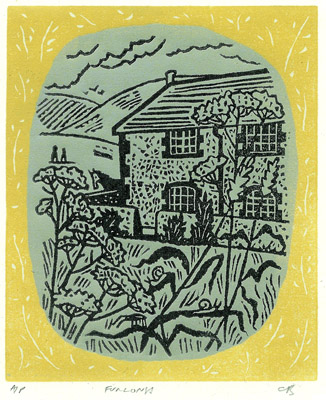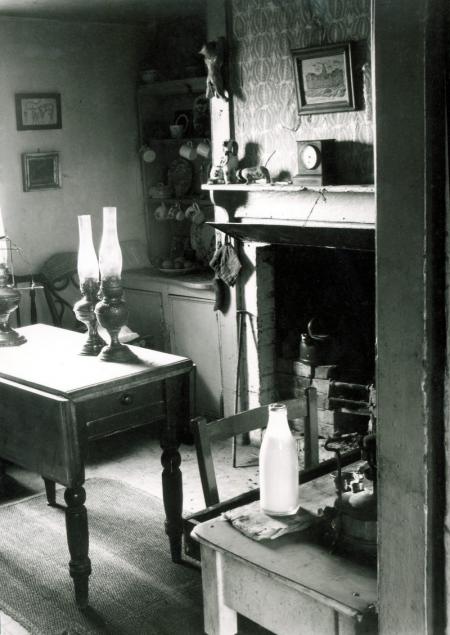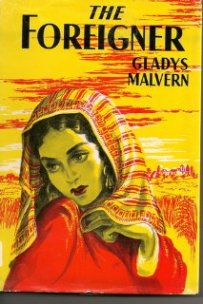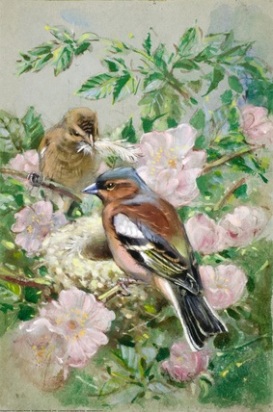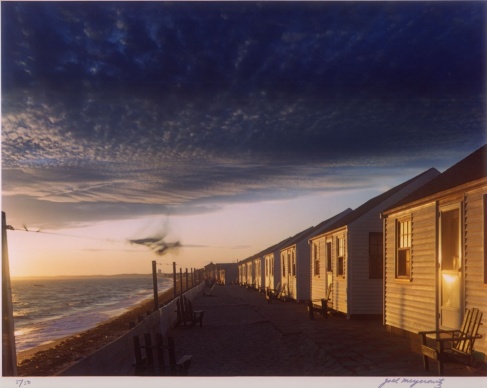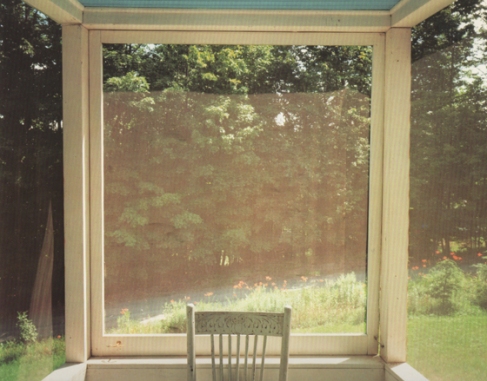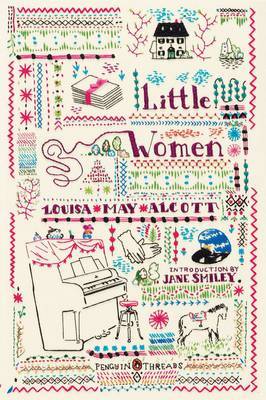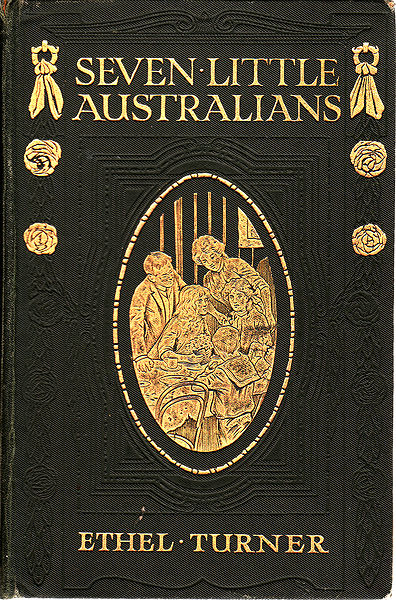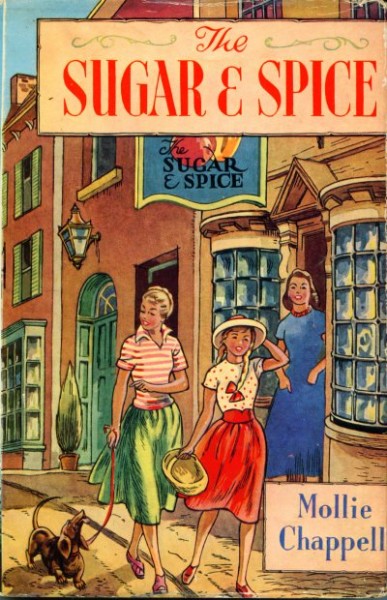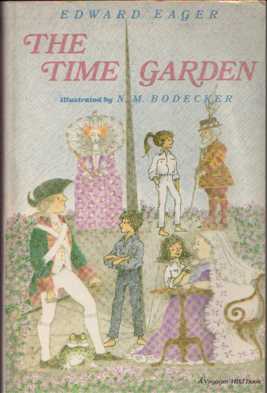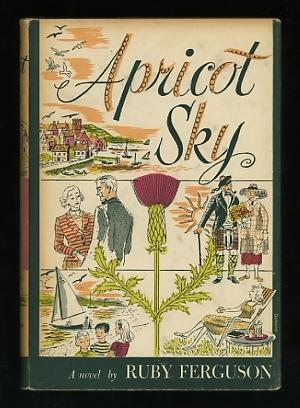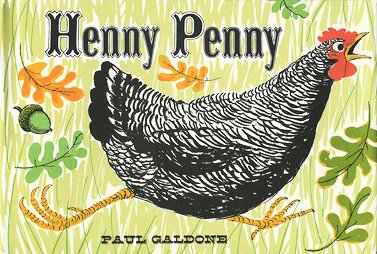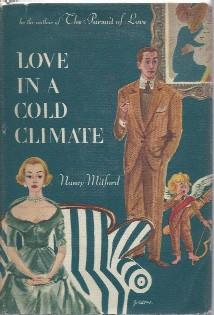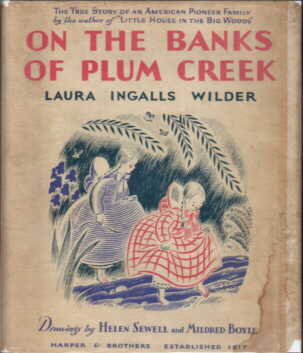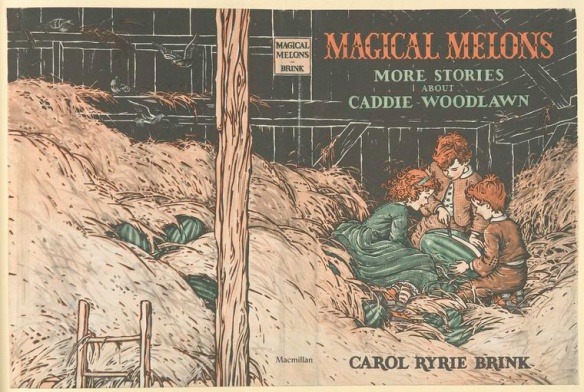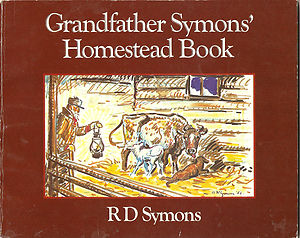 So happy to be back blogging. Now live from my daughter’s. I’m still in the process of clearing the house in Dorset for sale, but with the loss of my dear uncle to cancer, it is a sad, lonely and depressing place to be and am so very grateful to be in new surroundings where I feel welcome and useful again.
So happy to be back blogging. Now live from my daughter’s. I’m still in the process of clearing the house in Dorset for sale, but with the loss of my dear uncle to cancer, it is a sad, lonely and depressing place to be and am so very grateful to be in new surroundings where I feel welcome and useful again.
I have lots of plans for excursions and fun times in 2014 to celebrate the move to Surrey and the proximity to London, but right now it’s my favourite time of year to be at home: propped up with plenty of Miranda’s colourful St Jude’s cushions on the couch enjoying some classic films or reading away wrapped up in a cosy blanket. Lovely too to be ensconced in the kitchen, cup of coffee to hand and, preferably (!), watching her prepare dinner. Lucky me: my lot has fallen in very pleasant places indeed. Miranda is a much more adventurous cook than I am with a real interest in recreating old favourites and trying out new dishes. I could get used to being this spoilt. In term time, she’s too busy to do much experimenting in the week so we tend to rely on my repertoire of trusted, quickly prepared oldies, but she has rather gone to town during the holidays, and I’ve found the job of chief chopper and washer upper to be right up my alley.
Some childhood/old books have reappeared from the Dorset boxes as well so between Kindle and attic treasures I seem to have several books on the go. Perfect for this time of year has been a book of Edwardian recollections. Susan Tweedsmuir (wife of John Buchan, sister-in-law of O Douglas) isn’t mentioned much nowadays, but I’m very fond of her trio of occasional reminiscences The Lilac and the Rose, A Winter Bouquet and The Edwardian Lady. I’ve had The Edwardian Lady by my bedside table over the weekend and am fascinated by the people she knew and the stories she tells:
Virginia Woolf once said to me that she pitied the children of today who lived in flats, and who had never lived in houses with dark corners or with long ill-lighted passages to shudder at. She also said that they had none of the delicious sense of enjoyment which we had when we inserted ourselves through the green baize door, which sealed the rest of the house from the kitchen quarters, where a vivid and individual life went on.
As to films, I love the old classics like I Remember Mama and The Bishop’s Wife, but am of the opinion that at least one night this time of year is well spent armchair travelling to heady, vivid, nineteenth century Provence with a glass of well chilled Beaumes de Venise, a box of calissons or marrons glaces to hand and the DVD of the 1995 Le Hussard sur le Toit – not perhaps a great film but such a fun one: stunning cinematography and historical costumes, dramatic sweeping epic tale, great performances by Juliette Binoche and the gorgeous Oliver Martinez – what’s not to love?





